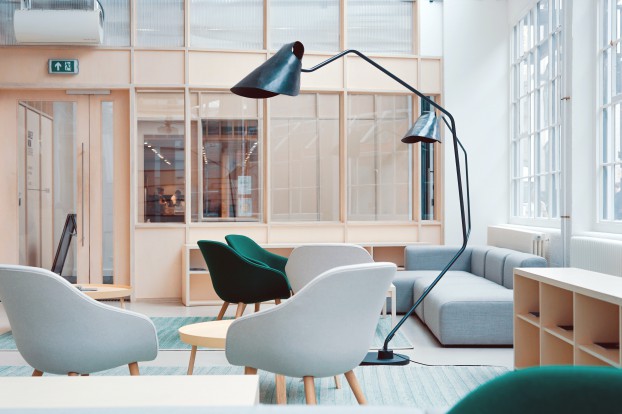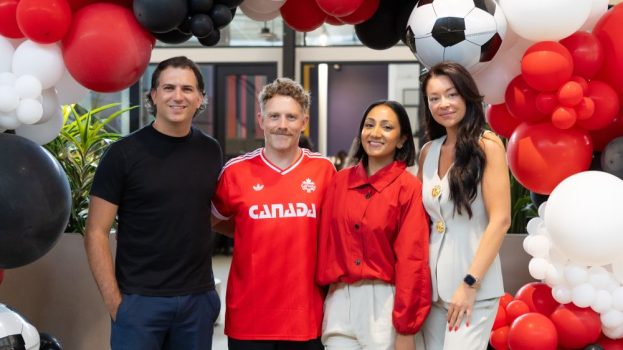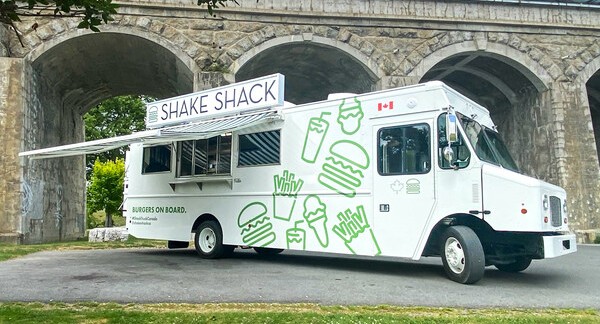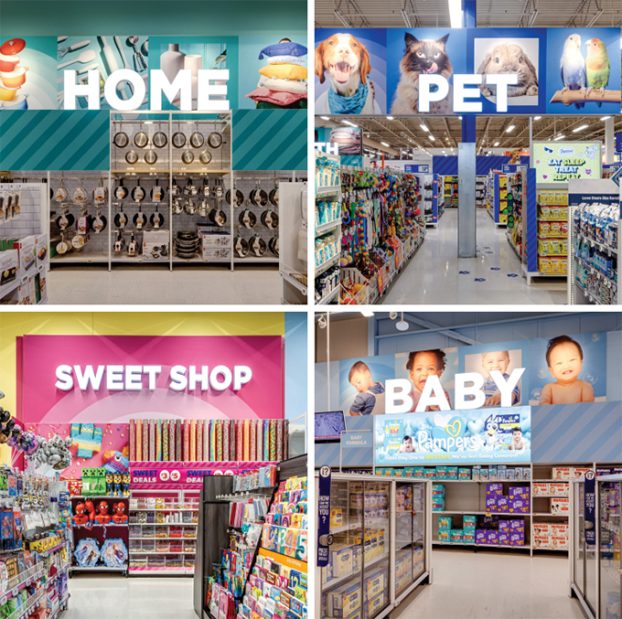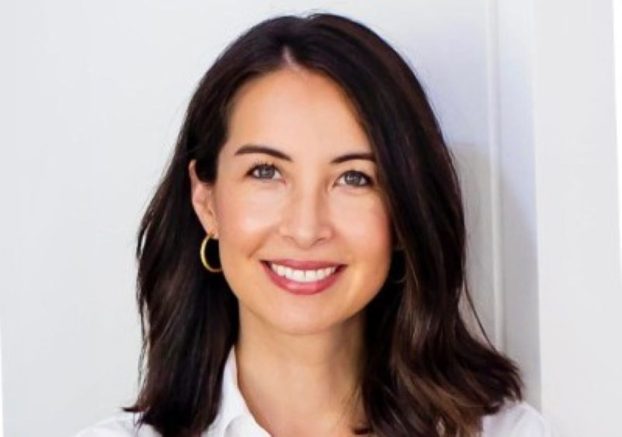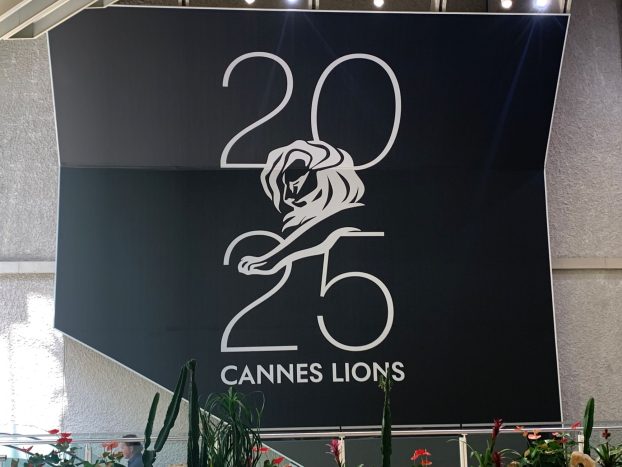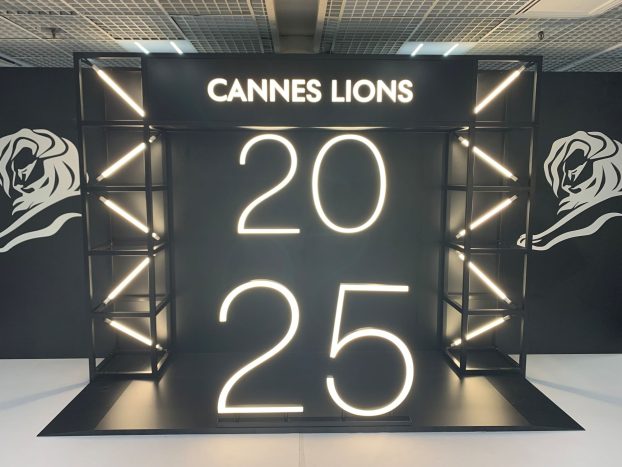This story originally appeared in the Spring 2021 issue of strategy. Check back tomorrow for part two, looking at how independent agencies are using what they learned from the pandemic to handle challenges around burnout, mental health and work-life balance.
One year into lockdowns, leaders in the ad industry are shifting their focus toward what an eventual return to the office will look like. For many executives, the primary concern is uncertainty – not only related to the vaccination timeline, but also employee expectations.
“We’ve been living in this forced experiment for a year, and as businesses and their employees just got on with it, a lot of habits have been broken,” explains Chris Dulny, chief innovation officer at PwC Canada. “Everybody has had to work in a different way, and their expectations of work have changed.”
Shifting expectations aren’t new for the ad industry, which was in flux prior to the pandemic as some major networks consolidated their agencies or laid out plans to bring them all into shared physical spaces.
In 2018, Publicis launched its “pool” model in Montreal, bringing its agencies under one roof to foster greater collaboration, having agencies with different capabilities working together on client assignments.
At WPP, a similar consolidation of various agencies under one roof has begun. In 2018, the network announced plans to open up an expanded campus on Toronto’s waterfront, with a move-in date of late 2021. The move would include a roster of agencies, including GroupM, H&K Strategies, Tank, Taxi and Ogilvy, among others. According to Arthur Fleischmann, group CEO of WPP-owned agencies Ogilvy and John St., those plans are still in place – with some important modifications.
“We’re definitely [still] going into a co-location,” he says. “None of the basics have changed, but the design will reflect a modern view of safety and health.”
What that modern view entails, for most agencies, is a different use of space – as well as more flexibility when it comes to employee scheduling. WPP’s Tank, according to president Marc Lanouette, is considering a hybrid model where working hours are split between the home and office, the latter of which would be “where the culture would live.”
According to Dulny, the best way to foster culture is to design a physical space that will accommodate it. “I don’t think the purpose of an office, especially post-pandemic, is to be a segregated space where you’re going to work in a cubicle for eight hours and then leave.”
In that vein, all Vision7 Agencies in Montreal are relocating into a WeWork space, where its new shared digs will take a hybrid approach, placing greater emphasis on the office as the space to collaborate, while more isolated work will be handled at home.
“When we look at the future of the office, we want to organize it so it’s as creative and inspiring as possible [to enable] ‘collaborative time’,” says Louis Duchesne, president of Cossette Quebec and East. “We really see the space as one… to meet, exchange, and share time with your colleagues.”
While a precise vision of the post-pandemic office is elusive, the goal is to design something substantially different from what employees left when they shifted to working from home. Physical cubicles and the “silos” between different departments will need to give way to a more communicative way of working, Dulny says.
To that end, unassigned seating, larger meeting spaces, greater spaces between desks and open floor designs are all frequently considered, though for many agencies, the particulars remain to be determined.
That is no less true for Publicis, which began the process of pooling its Toronto agencies similar to its Montreal headquarters before the pandemic and remains committed to that plan now. “We’re in the process of a lot of discussions with our employees,” said Duncan Bruce, CEO of Publicis Canada. “We want to make sure that they come back to an office that doesn’t look or feel like the one they left a year and a half ago.”

